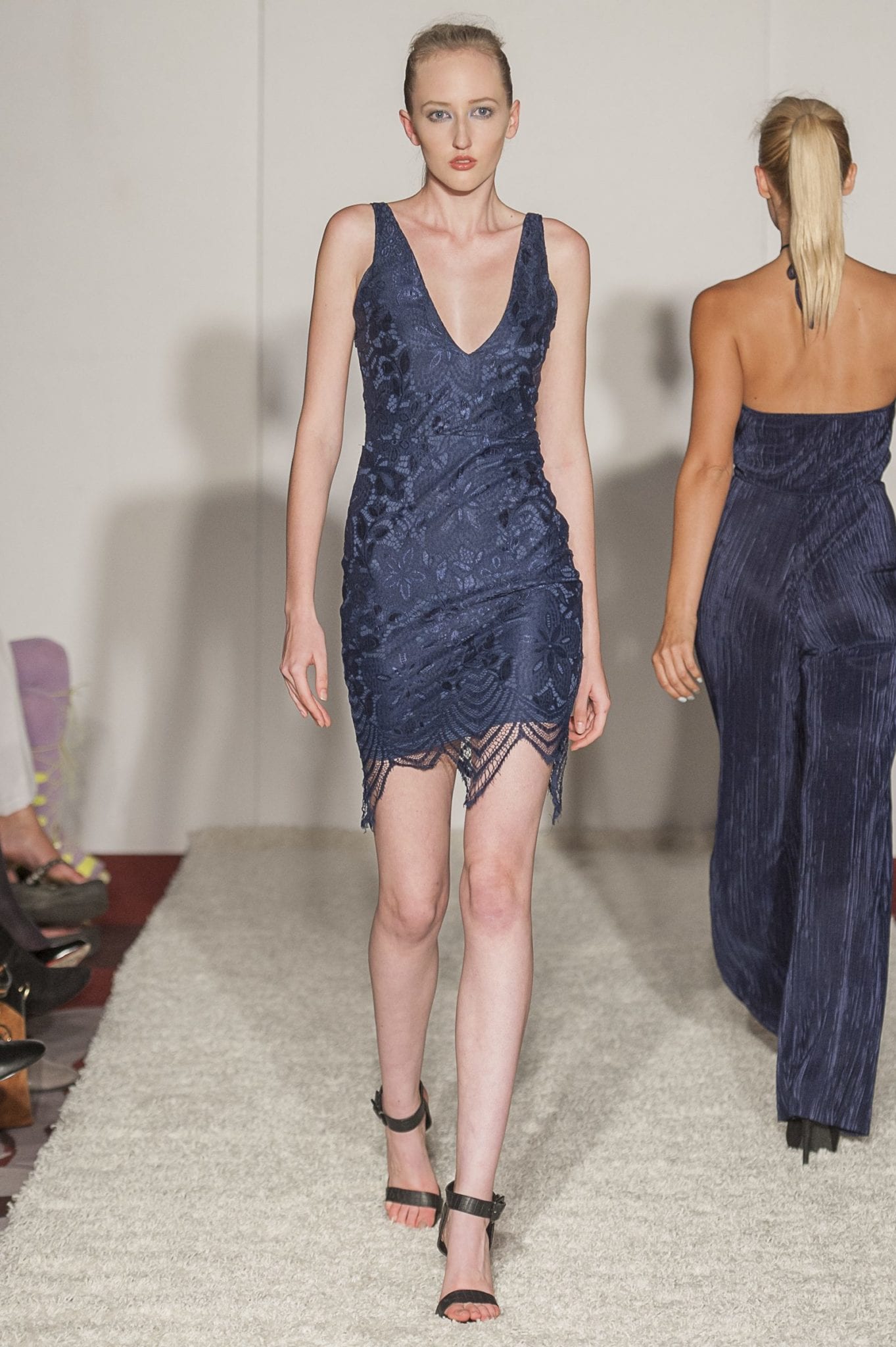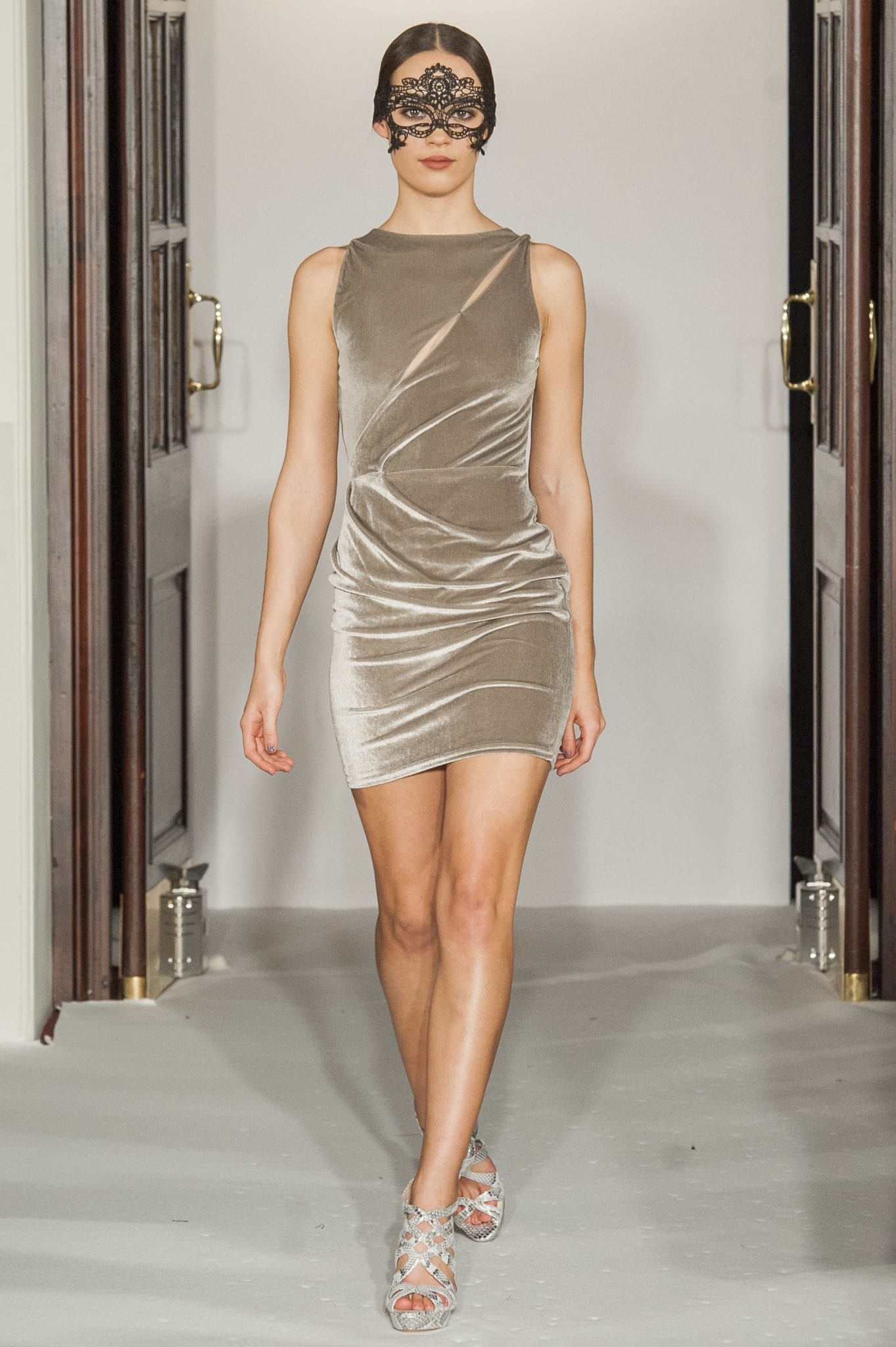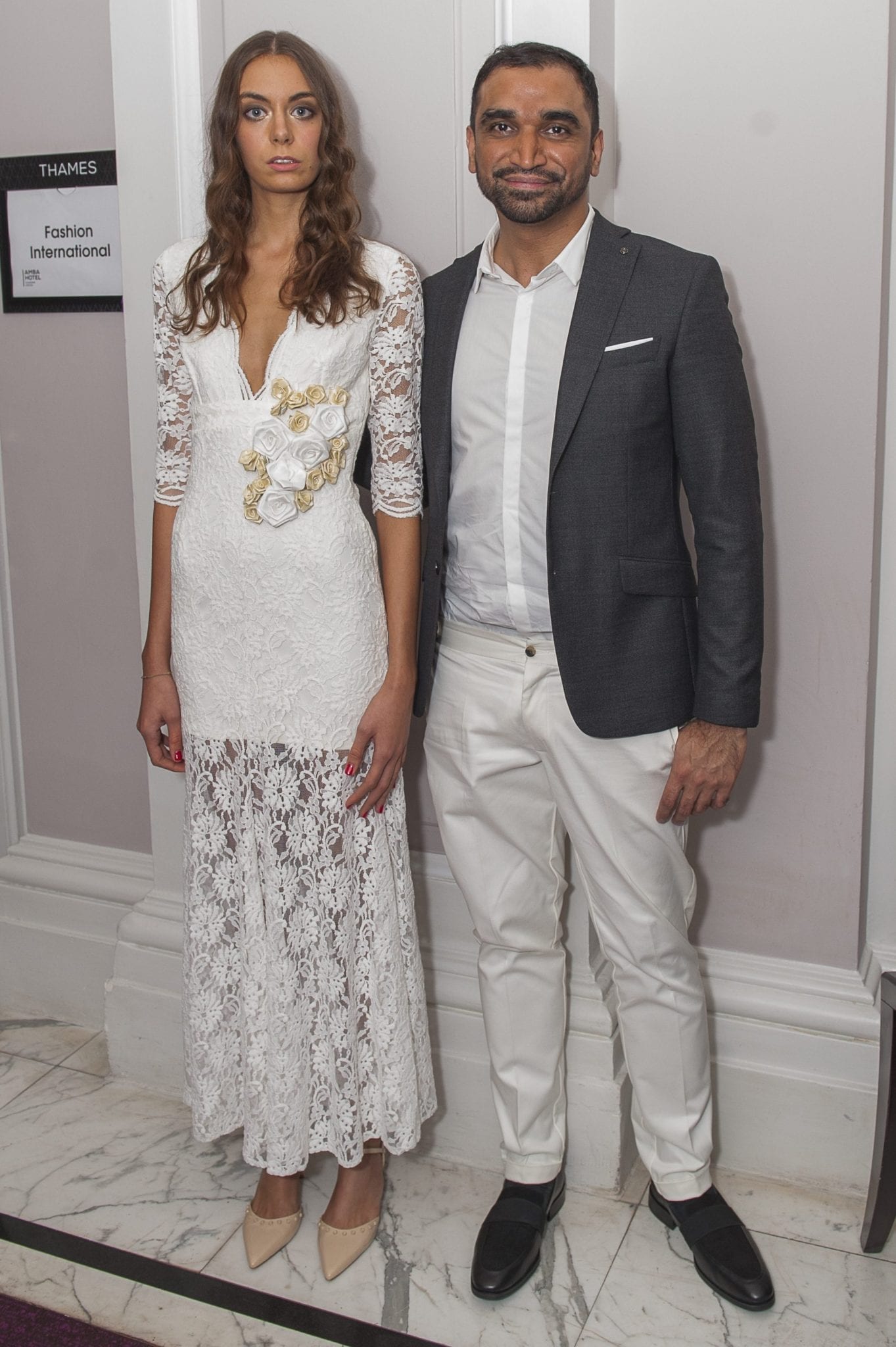 Omar Mansoor returns with his 12th collection at LFW featuring ready to wear dresses inspired by the ancient Persian symbol of the Faravahar deriving from Zoroastrian traditions and Navy Blue.
Omar Mansoor returns with his 12th collection at LFW featuring ready to wear dresses inspired by the ancient Persian symbol of the Faravahar deriving from Zoroastrian traditions and Navy Blue.
From the start of the 20th Century, the Faravahar icon found itself in public spaces and became a known icon among all Iranians. The Faravahar is a national symbol rather than a religious icon. Nowadays, it represents both the modern and ancient Iranian State.
The symbol first appears on Royal inscriptions and it is thought to represent the “Divine Royal Glory” of the King. The winged discs which are usually blue in colour have a long history in the art and culture of the ancient near and Middle East.
The Navy Blue is the inspiration and colour scheme for Omar Mansoor’s Collection. “Navy Blue” which describes both a bright and dark shade of Azure Blue combined with the tradition in European Art and ancient Persia. Omar Mansoor marries both points of inspiration thus drawing on his heritage and European traditions.
The collection features full and short length dresses made up of vintage laces, Crepe and Chiffons.
By combining vintage fabrics alongside modern fabrics, Omar creates an elegant look for a woman, who embodies the self-confidence, high spirits and splendour.
Concept and Styling: Arshia Tousi
Sales: Donna Llewellyn [email protected]
Instagram: omar.mansoor Twitter: @omarmansoor Email: [email protected]



 “
“
